The global rubber bonded abrasives market was expected to grow from USD 1.19 billion in 2019 to USD 1.54 billion by 2027, at a CAGR of 3.2% during the forecast period 2020-2027.
Bonded abrasives are characteristic abrasives which are combined to frame a strong looking like a wheel. They are typically a blend of grating grains, holding material, and fillers. Instances of Bonded abrasives are level fortified cutting-off wheel, discouraged focus strengthened cutting off wheel, discouraged focus strengthened crushing wheel, coolie cap for granulating, level fortified for pounding wheel, level unreinforced pounding wheel, rubber bond mounted focuses, vitrified bond mounted focuses, resinoid pounding cups, and resinoid bond mounted focuses. The holding material could be pitch, rubber, shellac, epoxy, or magnesite. A significant crude material utilized in the creation of rubber-bonded abrasives is a rough grain, for example, aluminium oxide, zirconia, and silicon carbide. Rubber-bonded abrasives are accessible in two kinds: characteristic and engineered. They can be utilized by means of two distinct advancements: granulating and cleaning wheels.
The increasing need from the precious metal industry, compliance in operations with rubber bonded abrasives, rising demand from high speed applications, growing demand for polishing and de-burring high carbon steel, etc. are some of the restraints of the global rubber bonded abrasive market. However, increased in pollution causing manufacturers to shift the base, machine parameter constraints and substitution from superior bonded abrasive and & price comparison are some of the constraints of the global rubber bonded abrasive market.
Based on the application, the rubber-bonded abrasives market is segmented into heavy industries, transportation components, electrical & electronic equipment, medical equipment, aerospace, household, and printing. These abrasives can also be used for casting and grinding tools such as pipe tools and screwdrivers. They manifest several benefits over other abrasives as they are more flexible and can be extensively used in grinding, off-hand tool grinding, fabrication, and floor polishing applications. Due to the rising demand from the metal, steel, and heavy industries, this market is anticipated to grow during the foreseen period. Increasing demand from different sectors and the elastic properties of rubber-bonded abrasives are the fuels of this market. The product segment includes natural rubber bonded abrasive and synthetic rubber bonded abrasive. However, the synthetic market is expected to have highest market share during the forecasted period due to availability of the product, durability of the product, price comparison, etc.
The Asia-Pacific region has the most substantial market share owing to the high demand for rubber-bonded abrasives in nations such as China, Japan, India, and South Korea. North America and Europe are having constant growth. North America region, led by the U.S. rubber bonded abrasive market would be witnessing significant gains. Many production companies present goods which are employed for polishing and design glass edges. Europe, directed by UK, France, Italy, and Germany rubber bonded abrasive market share, may account for notable gains. Most of the corporations present and produce products which are related to engineering, medical, and aerospace industries. The rest of the world is also expected to witness positive growth due to the product’s utilisation in different industries.
3M Company, PACER Industries Inc., Buffalo Abrasives Inc., Tyrolit Group, Abrasivos Manhattan SA, Saint Gobain, Schwarzhaupt GmbH and Co., Lowton Abrasive Ltd, CRATEX Manufacturing Co., Buehler, Artifex Dr Lohmann Gmbh and Co KG, Y.IKEMURA Co. LTD., Atto Abrasive Ltd, Marrose Abrasives and PFERD INC are some of the proficient players of the global market.
The Study delivers comprehensive analysis of the following segments:
Global Rubber Bonded Abrasives Market Analysis And Forecast, By Type
Global Rubber Bonded Abrasives Market Analysis And Forecast, by Application
Global Rubber Bonded Abrasives And Forecast, By Regional Analysis
Report Description:
1. Introduction
1.1. Objectives of the Study
1.2. Market Definition
1.3. Research Scope
1.4. Currency
1.5. Key Target Audience
2. Research Methodology and Assumptions
3. Executive Summary
4. Premium Insights
4.1. Porter’s Five Forces Analysis
4.2. Value Chain Analysis
4.3. Top Investment Pockets
4.3.1. Market Attractiveness Analysis By Type
4.3.2. Market Attractiveness Analysis By Applications
4.3.3. Market Attractiveness Analysis By Region
4.4. Industry Trends
5. Market Dynamics
5.1. Market Evaluation
5.2. Drivers
5.3. Restraints
5.4. Challenges
5.5. Opportunities
6. Global Rubber Bonded Abrasives Market Analysis and Forecast, By Type
6.1. Segment Overview
6.2. Natural Rubber Bonded Abrasives
6.3. Synthetic Rubber Bonded Abrasives
7. Global Rubber Bonded Abrasives Market Analysis and Forecast, By Applications
7.1. Segment Overview
7.2. Heavy Industries
7.3. Electrical & Electronics Equipment
7.4. Medical Equipment
7.5. Transportation Components
7.6. Aviation
8. Global Rubber Bonded Abrasives Market Analysis and Forecast, By Regional Analysis
8.1. Segment Overview
8.2. North America
8.2.1. U.S.
8.2.2. Canada
8.2.3. Mexico
8.3. Europe
8.3.1. Germany
8.3.2. France
8.3.3. Sweden
8.3.4. Netherlands
8.3.5. U.K.
8.3.6. Italy
8.3.7. Spain
8.3.8. Rest Of Europe
8.4. Asia-Pacific
8.4.1. China
8.4.2. Japan
8.4.3. India
8.4.4. South Korea
8.4.5. Australia
8.4.6. Singapore
8.4.7. Malaysia
8.4.8. Thailand
8.4.9. Indonesia
8.4.10. Philippines
8.4.11. Rest Of Asia-Pacific
8.5. South America
8.5.1. Brazil
8.5.2. Argentina
8.5.3. Colombia
8.5.4. Rest Of South America
8.6. Middle East and Africa
8.6.1. UAE
8.6.2. Saudi Arabia
8.6.3. South Africa
8.6.4. Rest Of MEA
9. Global Rubber Bonded Abrasives Market-Competitive Landscape
9.1. Overview
9.2. Market Share of Key Players in Global Rubber Bonded Abrasives Market
9.2.1. Global Company Market Share
9.2.2. North America Company Market Share
9.2.3. Europe Company Market Share
9.2.4. APAC Company Market Share
9.3. Competitive Situations and Trends
9.3.1. Product Launches and Developments
9.3.2. Partnerships, Collaborations, and Agreements
9.3.3. Mergers & Acquisitions
9.3.4. Expansions
10. Company Profiles
10.1. 3M Company
10.1.1. Business Overview
10.1.2. Company Snapshot
10.1.3. Company Market Share Analysis
10.1.4. Company Product Portfolio
10.1.5. Recent Developments
10.1.6. SWOT Analysis
10.2. PACER Industries Inc.
10.2.1. Business Overview
10.2.2. Company Snapshot
10.2.3. Company Market Share Analysis
10.2.4. Company Product Portfolio
10.2.5. Recent Developments
10.2.6. SWOT Analysis
10.3. Buffalo Abrasives Inc.
10.3.1. Business Overview
10.3.2. Company Snapshot
10.3.3. Company Market Share Analysis
10.3.4. Company Product Portfolio
10.3.5. Recent Developments
10.3.6. SWOT Analysis
10.4. Tyrolit Group
10.4.1. Business Overview
10.4.2. Company Snapshot
10.4.3. Company Market Share Analysis
10.4.4. Company Product Portfolio
10.4.5. Recent Developments
10.4.6. SWOT Analysis
10.5. Abrasivos Manhattan SA
10.5.1. Business Overview
10.5.2. Company Snapshot
10.5.3. Company Market Share Analysis
10.5.4. Company Product Portfolio
10.5.5. Recent Developments
10.5.6. SWOT Analysis
10.6. Saint Gobain, Schwarzhaupt GmbH and Co.
10.6.1. Business Overview
10.6.2. Company Snapshot
10.6.3. Company Market Share Analysis
10.6.4. Company Product Portfolio
10.6.5. Recent Developments
10.6.6. SWOT Analysis
10.7. Lowton Abrasive Ltd
10.7.1. Business Overview
10.7.2. Company Snapshot
10.7.3. Company Market Share Analysis
10.7.4. Company Product Portfolio
10.7.5. Recent Developments
10.7.6. SWOT Analysis
10.8. CRATEX Manufacturing Co.
10.8.1. Business Overview
10.8.2. Company Snapshot
10.8.3. Company Market Share Analysis
10.8.4. Company Product Portfolio
10.8.5. Recent Developments
10.8.6. SWOT Analysis
10.9. Buehler, Artifex Dr Lohmann Gmbh and Co KG, Y.IKEMURA Co. LTD., Atto Abrasive Ltd, Marrose Abrasives and PFERD INC
10.9.1. Business Overview
10.9.2. Company Snapshot
10.9.3. Company Market Share Analysis
10.9.4. Company Product Portfolio
10.9.5. Recent Developments
10.9.6. SWOT Analysis
10.10. Artifex Dr Lohmann Gmbh and Co KG
10.10.1. Business Overview
10.10.2. Company Snapshot
10.10.3. Company Market Share Analysis
10.10.4. Company Product Portfolio
10.10.5. Recent Developments
10.10.6. SWOT Analysis
10.11. Y.IKEMURA Co. LTD.
10.11.1. Business Overview
10.11.2. Company Snapshot
10.11.3. Company Market Share Analysis
10.11.4. Company Product Portfolio
10.11.5. Recent Developments
10.11.6. SWOT Analysis
10.12. Atto Abrasive Ltd
10.12.1. Business Overview
10.12.2. Company Snapshot
10.12.3. Company Market Share Analysis
10.12.4. Company Product Portfolio
10.12.5. Recent Developments
10.12.6. SWOT Analysis
10.13. Marrose Abrasives
10.13.1. Business Overview
10.13.2. Company Snapshot
10.13.3. Company Market Share Analysis
10.13.4. Company Product Portfolio
10.13.5. Recent Developments
10.13.6. SWOT Analysis
10.14. PFERD INC
10.14.1. Business Overview
10.14.2. Company Snapshot
10.14.3. Company Market Share Analysis
10.14.4. Company Product Portfolio
10.14.5. Recent Developments
10.14.6. SWOT Analysis
List of Table
1. Global Rubber Bonded Abrasives Market, By Type, 2017-2027 (USD Billion) (Tons)
2. Global Natural Rubber Bonded Abrasives, Rubber Bonded Abrasives Market, By Region, 2017-2027 (USD Billion) (Tons)
3. Global Synthetic Rubber Bonded Abrasives, Rubber Bonded Abrasives Market, By Region, 2017-2027 (USD Billion) (Tons)
4. Global Rubber Bonded Abrasives Market, By Applications, 2017-2027 (USD Billion) (Tons)
5. Global Heavy Industries Rubber Bonded Abrasives Market, By Region, 2017-2027 (USD Billion) (Tons)
6. Global Electrical & Electronics Equipment Rubber Bonded Abrasives Market, By Region, 2017-2027 (USD Billion) (Tons)
7. Global Medical Equipment Rubber Bonded Abrasives Market, By Region, 2017-2027 (USD Billion) (Tons)
8. Global Transportation Components Rubber Bonded Abrasives Market, By Region, 2017-2027 (USD Billion) (Tons)
9. Global Aviation Rubber Bonded Abrasives Market, By Region, 2017-2027 (USD Billion) (Tons)
10. Global Rubber Bonded Abrasives Market, By Region, 2017-2027 (USD Billion) (Tons)
11. North America Rubber Bonded Abrasives Market, By Type, 2017-2027 (USD Billion) (Tons)
12. North America Rubber Bonded Abrasives Market, By Applications, 2017-2027 (USD Billion) (Tons)
13. U.S. Rubber Bonded Abrasives Market, By Type, 2017-2027 (USD Billion) (Tons)
14. U.S. Rubber Bonded Abrasives Market, By Applications, 2017-2027 (USD Billion) (Tons)
15. Canada Rubber Bonded Abrasives Market, By Type, 2017-2027 (USD Billion) (Tons)
16. Canada Rubber Bonded Abrasives Market, By Applications, 2017-2027 (USD Billion) (Tons)
17. Mexico Rubber Bonded Abrasives Market, By Type, 2017-2027 (USD Billion) (Tons)
18. Mexico Rubber Bonded Abrasives Market, By Applications, 2017-2027 (USD Billion) (Tons)
19. Europe Rubber Bonded Abrasives Market, By Type, 2017-2027 (USD Billion) (Tons)
20. Europe Rubber Bonded Abrasives Market, By Applications, 2017-2027 (USD Billion) (Tons)
21. Germany Rubber Bonded Abrasives Market, By Type, 2017-2027 (USD Billion) (Tons)
22. Germany Rubber Bonded Abrasives Market, By Applications, 2017-2027 (USD Billion) (Tons)
23. France Rubber Bonded Abrasives Market, By Type, 2017-2027 (USD Billion) (Tons)
24. France Rubber Bonded Abrasives Market, By Applications, 2017-2027 (USD Billion) (Tons)
25. U.K. Rubber Bonded Abrasives Market, By Type, 2017-2027 (USD Billion) (Tons)
26. U.K. Rubber Bonded Abrasives Market, By Applications, 2017-2027 (USD Billion) (Tons)
27. Italy Rubber Bonded Abrasives Market, By Type, 2017-2027 (USD Billion) (Tons)
28. Italy Rubber Bonded Abrasives Market, By Applications, 2017-2027 (USD Billion) (Tons)
29. Spain Rubber Bonded Abrasives Market, By Type, 2017-2027 (USD Billion) (Tons)
30. Spain Rubber Bonded Abrasives Market, By Applications, 2017-2027 (USD Billion) (Tons)
31. Asia Pacific Rubber Bonded Abrasives Market, By Type, 2017-2027 (USD Billion) (Tons)
32. Asia Pacific Rubber Bonded Abrasives Market, By Applications, 2017-2027 (USD Billion) (Tons)
33. Japan Rubber Bonded Abrasives Market, By Type, 2017-2027 (USD Billion) (Tons)
34. Japan Rubber Bonded Abrasives Market, By Applications, 2017-2027 (USD Billion) (Tons)
35. China Rubber Bonded Abrasives Market, By Type, 2017-2027 (USD Billion) (Tons)
36. China Rubber Bonded Abrasives Market, By Applications, 2017-2027 (USD Billion) (Tons)
37. India Rubber Bonded Abrasives Market, By Type, 2017-2027 (USD Billion) (Tons)
38. India Rubber Bonded Abrasives Market, By Applications, 2017-2027 (USD Billion) (Tons)
39. South America Rubber Bonded Abrasives Market, By Type, 2017-2027 (USD Billion) (Tons)
40. South America Rubber Bonded Abrasives Market, By Applications, 2017-2027 (USD Billion) (Tons)
41. Brazil Rubber Bonded Abrasives Market, By Type, 2017-2027 (USD Billion) (Tons)
42. Brazil Rubber Bonded Abrasives Market, By Applications, 2017-2027 (USD Billion) (Tons)
43. Middle East and Africa Rubber Bonded Abrasives Market, By Type, 2017-2027 (USD Billion) (Tons)
44. Middle East and Africa Rubber Bonded Abrasives Market, By Applications, 2017-2027 (USD Billion) (Tons)
45. UAE Rubber Bonded Abrasives Market, By Type, 2017-2027 (USD Billion) (Tons)
46. UAE Rubber Bonded Abrasives Market, By Applications, 2017-2027 (USD Billion) (Tons)
47. South Africa Rubber Bonded Abrasives Market, By Type, 2017-2027 (USD Billion) (Tons)
48. South Africa Rubber Bonded Abrasives Market, By Applications, 2017-2027 (USD Billion) (Tons)
List of Figures
1. Global Rubber Bonded Abrasives Market Segmentation
2. Global Rubber Bonded Abrasives Market: Research Methodology
3. Market Size Estimation Methodology: Bottom-Up Approach
4. Market Size Estimation Methodology: Top-Down Approach
5. Data Triangulation
6. Porter’s Five Forces Analysis
7. Value Chain Analysis
8. Global Rubber Bonded Abrasives Market Attractiveness Analysis By Type
9. Global Rubber Bonded Abrasives Market Attractiveness Analysis By Applications
10. Global Rubber Bonded Abrasives Market Attractiveness Analysis By Region
11. Global Rubber Bonded Abrasives Market: Dynamics
12. Global Rubber Bonded Abrasives Market Share by Type (2020 & 2027)
13. Global Rubber Bonded Abrasives Market Share by Applications (2020 & 2027)
14. Global Rubber Bonded Abrasives Market Share by Regions (2020 & 2027)
15. Global Rubber Bonded Abrasives Market Share by Company (2019)
Market research is a method of gathering, assessing and deducing data & information about a particular market. Market research is very crucial in these days. The techniques analyze about how a product/service can be offered to the market to its end-customers, observe the impact of that product/service based on the past customer experiences, and cater their needs and demands. Owing to the successful business ventures, accurate, relevant and thorough information is the base for all the organizations because market research report/study offers specific market related data & information about the industry growth prospects, perspective of the existing customers, and the overall market scenario prevailed in past, ongoing present and developing future. It allows the stakeholders and investors to determine the probability of a business before committing substantial resources to the venture. Market research helps in solving the marketing issues challenges that a business will most likely face.
Market research is valuable because of the following reasons:
Our research report features both the aspects; qualitative and quantitative. Qualitative part provides insights about the market driving forces, potential opportunities, customer’s demands and requirement which in turn help the companies to come up with new strategies in order to survive in the long run competition. The quantitative segment offers the most credible information related to the industry. Based on the data gathering, we use to derive the market size and estimate their future growth prospects on the basis of global, region and country.
Our market research process involves with the four specific stages.
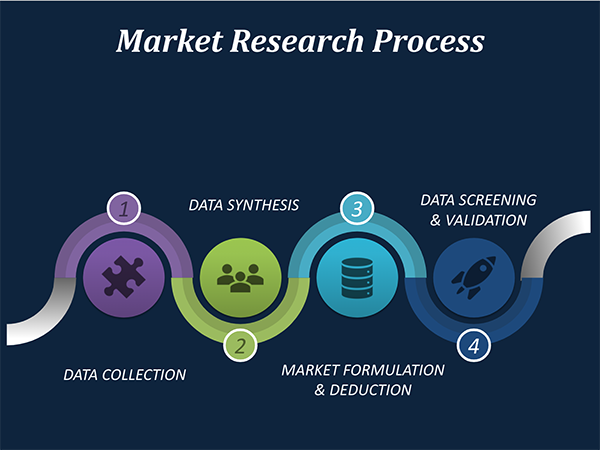
Data Collection: This stage of the market research process involves with the gathering and collecting of the market/industry related data from the sources. There are basically two types of research methods:
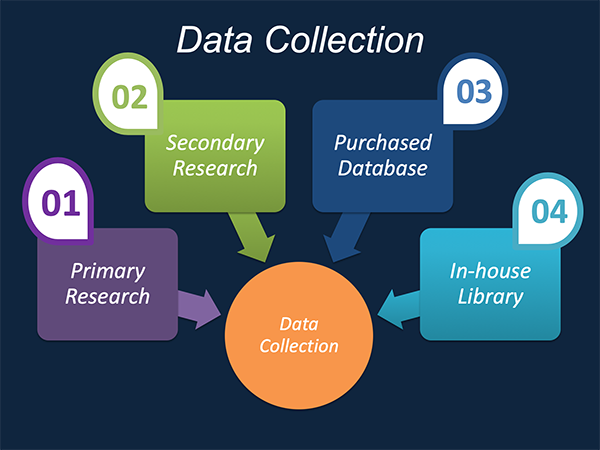
Data Synthesis: This stage includes the evaluation and assessment of all the data acquired from the primary and secondary research. It likewise includes in evaluating the information for any disparity watched while information gathering identified with the market. The data & information is gathered with consideration to the heterogeneity of sources. Scientific and statistical methods are implemented for synthesizing dissimilar information sets and provide the relevant data which is fundamental for formulating strategies. Our organization has broad involvement with information amalgamation where the information goes through different stages:
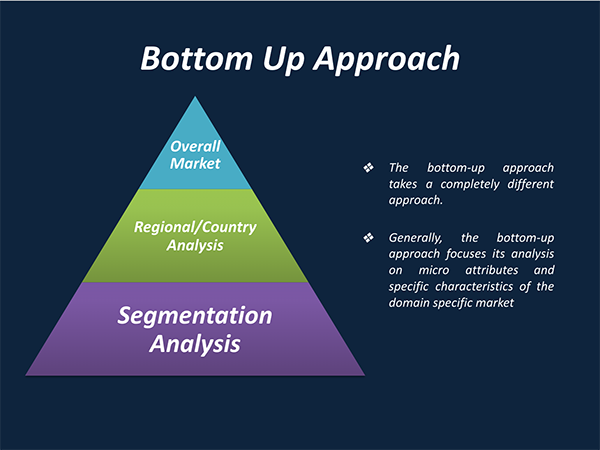
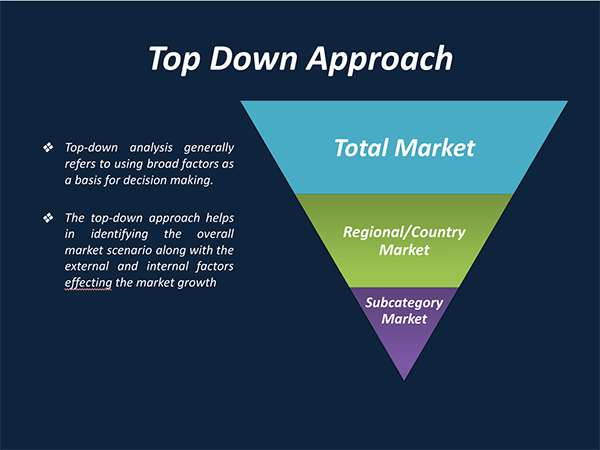
Market Formulation & Deduction: The last stage includes assigning the data & information in a suitable way in order to derive market size. Analyst reviews and domain based opinions based on holistic approach of market estimation combined with industry investigation additionally features a crucial role in this stage.
This stage includes with the finalization of the market size and numbers that we have gathered from primary and secondary research. With the data & information addition, we ensure that there is no gap in the market information. Market trend analysis is finished by our analysts by utilizing data extrapolation procedures, which give the most ideal figures to the market.
Data Validation: Validation is the most crucial step in the process. Validation & re-validation through scientifically designed technique and process that helps us finalize data-points to be used for final calculations. This stage also involves with the data triangulation process. Data triangulation generally implicates the cross validation and matching the data which has been collected from primary and secondary research methods.
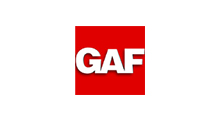
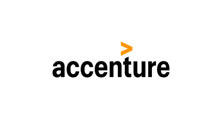
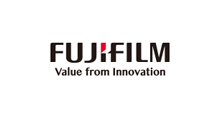
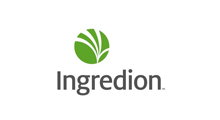

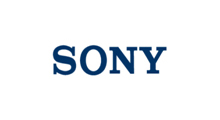
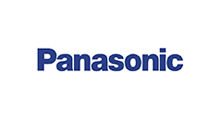
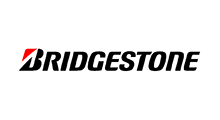
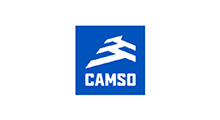
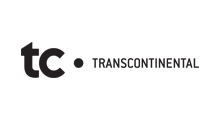
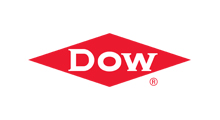
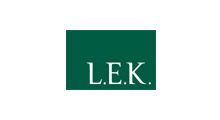
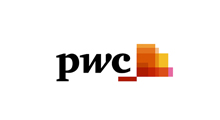
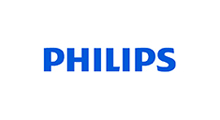
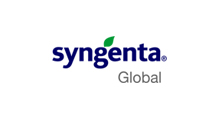
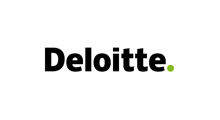
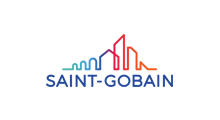
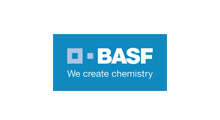
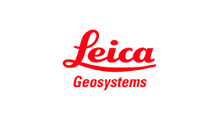
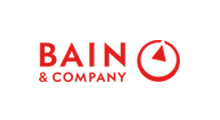
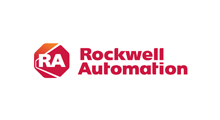
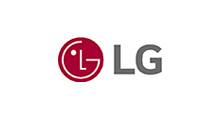
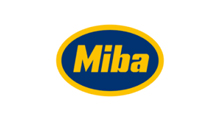
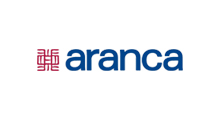
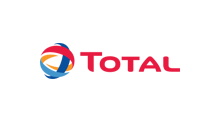
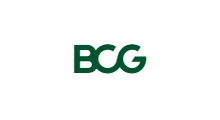
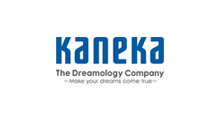
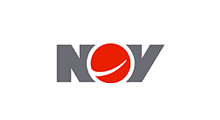
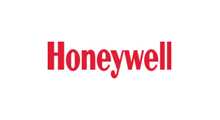
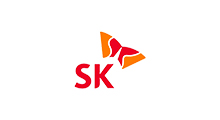
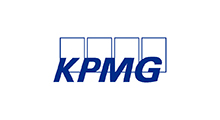
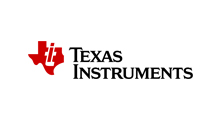
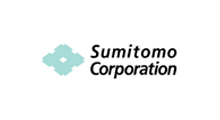
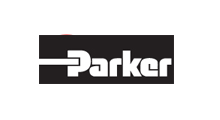
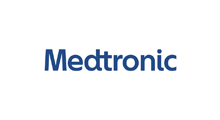
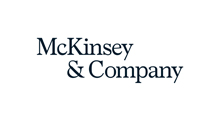
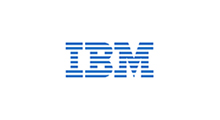
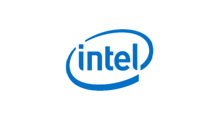
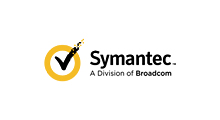
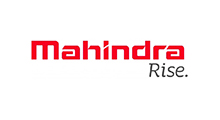
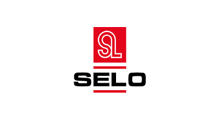
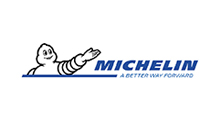
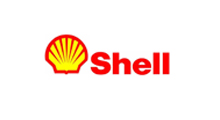
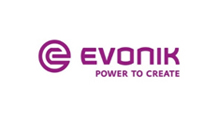
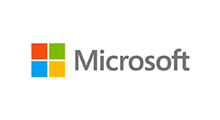
Free Customization
Countries can be added on demand
Free yearly update on purchase of Multi/Corporate User License
Companies served till date

We serve our customers 24x7 for 365 days through calls, emails and live chat options.
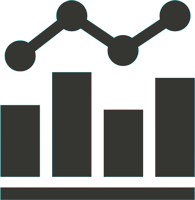
Huge database of exceptional market reports bringing market intelligence to your fingertips.

SSL enabled, we offer you various secured payment options for risk free purchase.